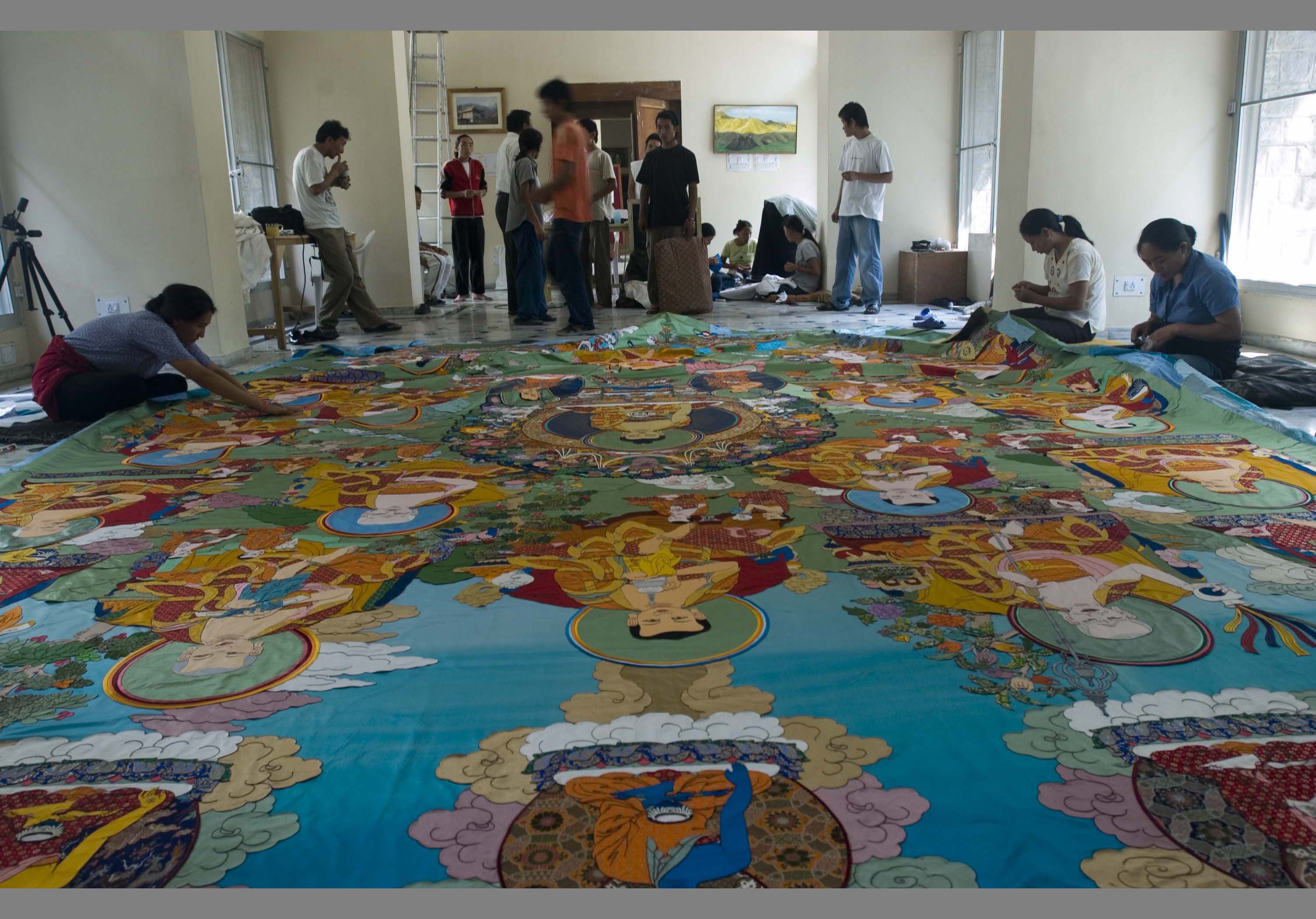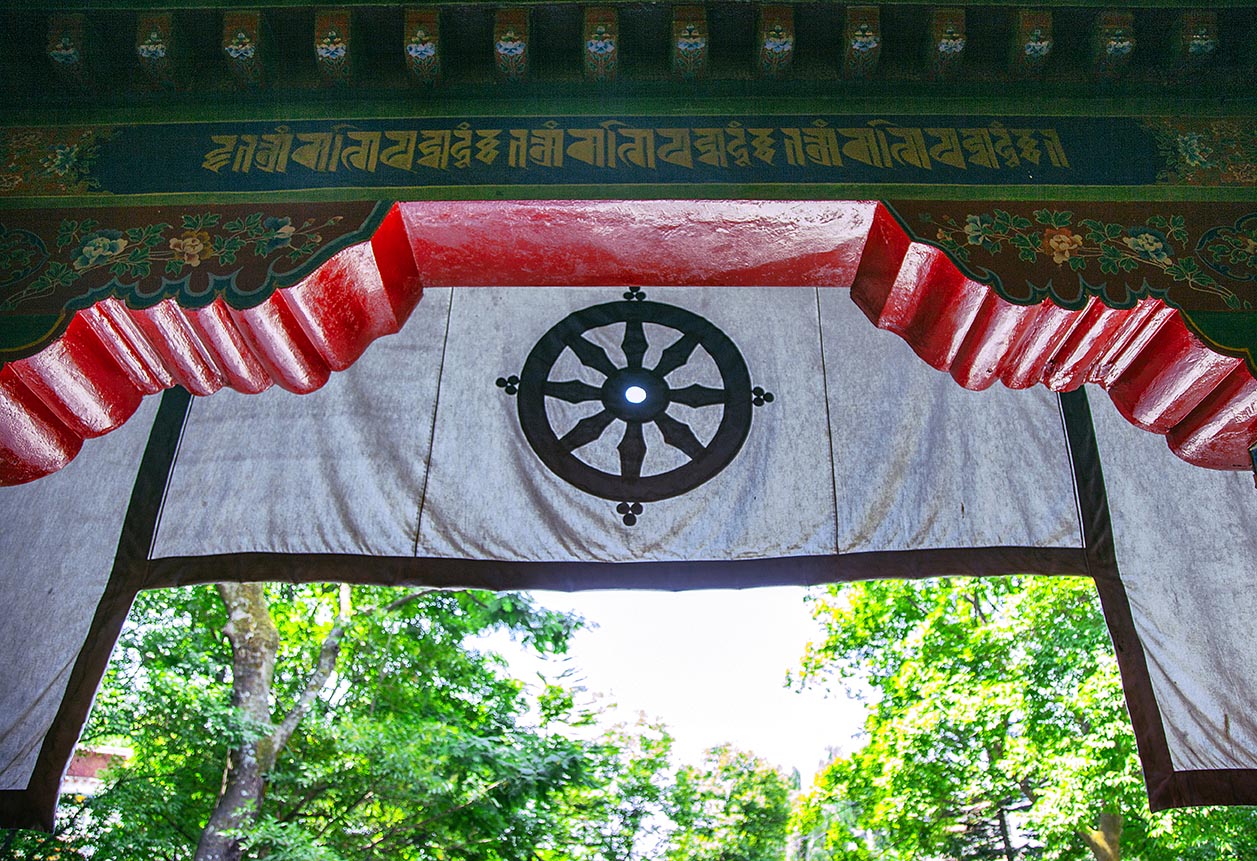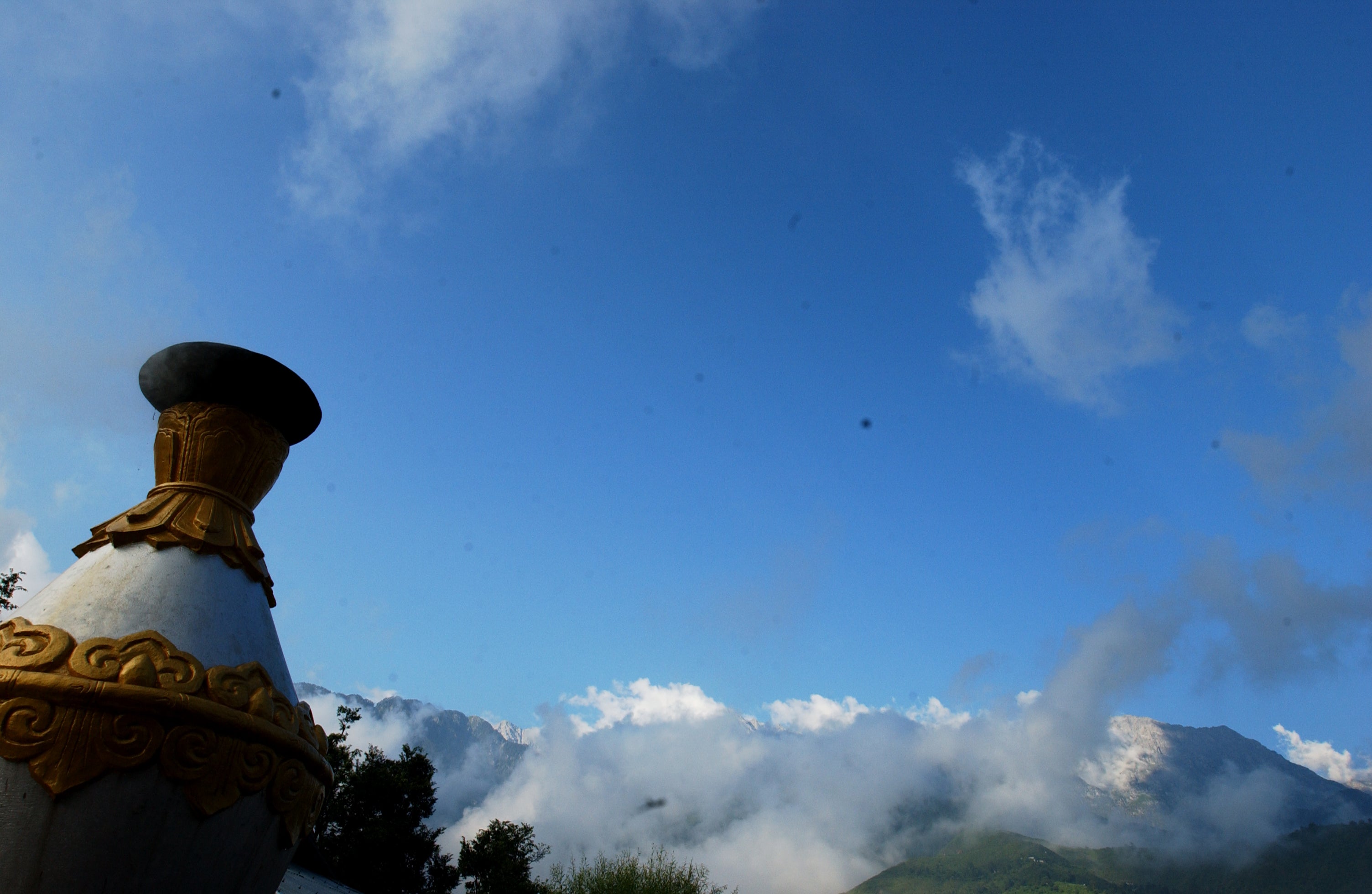
Interviews with Tibetan Craftsmen - Appliquéd Thangka
Norbulingka has been training artisans in traditional crafts since 1995, giving new purpose and employment to many young Tibetans in exile. We interviewed a few, who have been apprenticed since they were very young, to better understand and appreciate the work they have devoted their lives to.
Continuing with our series – Interviews with Traditional Craftsmen, we bring the focus to the art, the artists and the creative process. Today, we speak with one of our appliquéd thangka artists, Jamphel Wangmo. She is mother to a 13yr old daughter and has worked as an appliqué artist for over 15yrs.
Can you tell us when did you start learning the art of making appliquéd thangka?
I began training as a tailor at a vocational school in 2001 and worked four years stitching clothes before coming to Norbulingka. It was only when I came here that I learned that thangkas could be made using the technique of applique. I found it fascinating and decided to learn this unique art form. I feel fortunate that, though lacking in formal training in making appliquéd thangkas, I was accepted as a trainee.
When did you join Norbulingka? How do you feel about your work? Did your interest grow with your skill?
I joined Norbulingka Institute in the year 2005, and feel fortunate to have started under the watchful eyes of our late master Gen Tencho la. Over the years, I have come to appreciate the work we do here at Norbulingka, and the importance of preserving our rich artistic heritage. I feel I made the right choice in deciding to become an applique artist, a source of fulfillment that brings a feeling of pride in my work. Knowing that people from around the world appreciate and enjoy the thangkas we create here, is also a source of great satisfaction.
What do you like best about your work? Do you have favorite things you like to do?
I enjoy the sewing process and creating the outline thread, made by wrapping the horse hair with silk thread. People see wrapping horse hair with thread as a laborious task, but I see it as very soothing. I also feel a deep connection with my work and the finished thangka.
Do you remember any piece in particular that you think would be a favorite piece you made?
Many years ago, I worked on a large appliquéd thangka of the Buddha Shakyamuni as central figure, surrounded by the Sixteen Arhats and many other deities. 20ft high, and vastly imposing, it is the best piece I have contributed to. The project was headed by Gen Tencho la and many artists worked on it for many months. Today, it hangs inside the Norbulingka temple, for all visitors to see. I feel it is wonderful that the piece is kept at Norbulingka, as I think it is truly a fine example of our work.
Where do you see yourself in 20 years? What do you want to accomplish by then?
Frankly I have no idea, as a Buddhist, we believe in karma so my own karma will mark my path for my future. However, as a student of this art form I do see myself continuing to work for many years, perfecting my skills, thus making a small contribution towards the preservation of this wonderful art form.
You can read about our late master Gen. Tencho la here.













